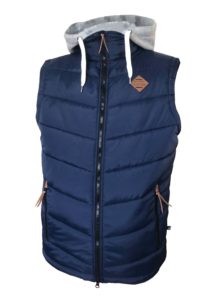Coxmate is sponsoring Adrian Oest, a final year engineering student at Adelaide University, in a project to determine the optimum fin/rudder design. He is also investigating the effect of speed impellers in fins. We will reveal more results as they are known.
Ideally impellers should be outside the boundary layer, to provide a clean signal which gives the greatest accuracy and the most value for analysis. To achieve a clean signal you need to have impeller mounted very near to the bow, or some distance from the shell. The thickness of the boundary layer increases as you get further from bow. If the impeller is mounted within the fin, then it can be some distance away from hull.
We have a graph of his early results showing the degree of turbulence at three points on a scull: 1, 2 and 5 metres from bow waterline. The impeller was 38mm from hull in all instances. Adrian found that as you get further from the bow, the graph becomes more ragged as a result of increased turbulence the small eddies of swirling water cause the speed reading to change. In order to use the stroke-velocity profile to analyse rowing technique, a clean signal is imperative. We have experimented with a small impeller mounted near the bow. Apart from difficulties of mounting the impeller, it offers low drag and a clean signal.
Coxmate will be revealing its new, ultra-small impeller in the summer. A photograph in the Newsletter shows a comparison to NK impeller.
The Coxmate impeller will work with the NK Speed Coach. You might want less drag on your boat while racing!






